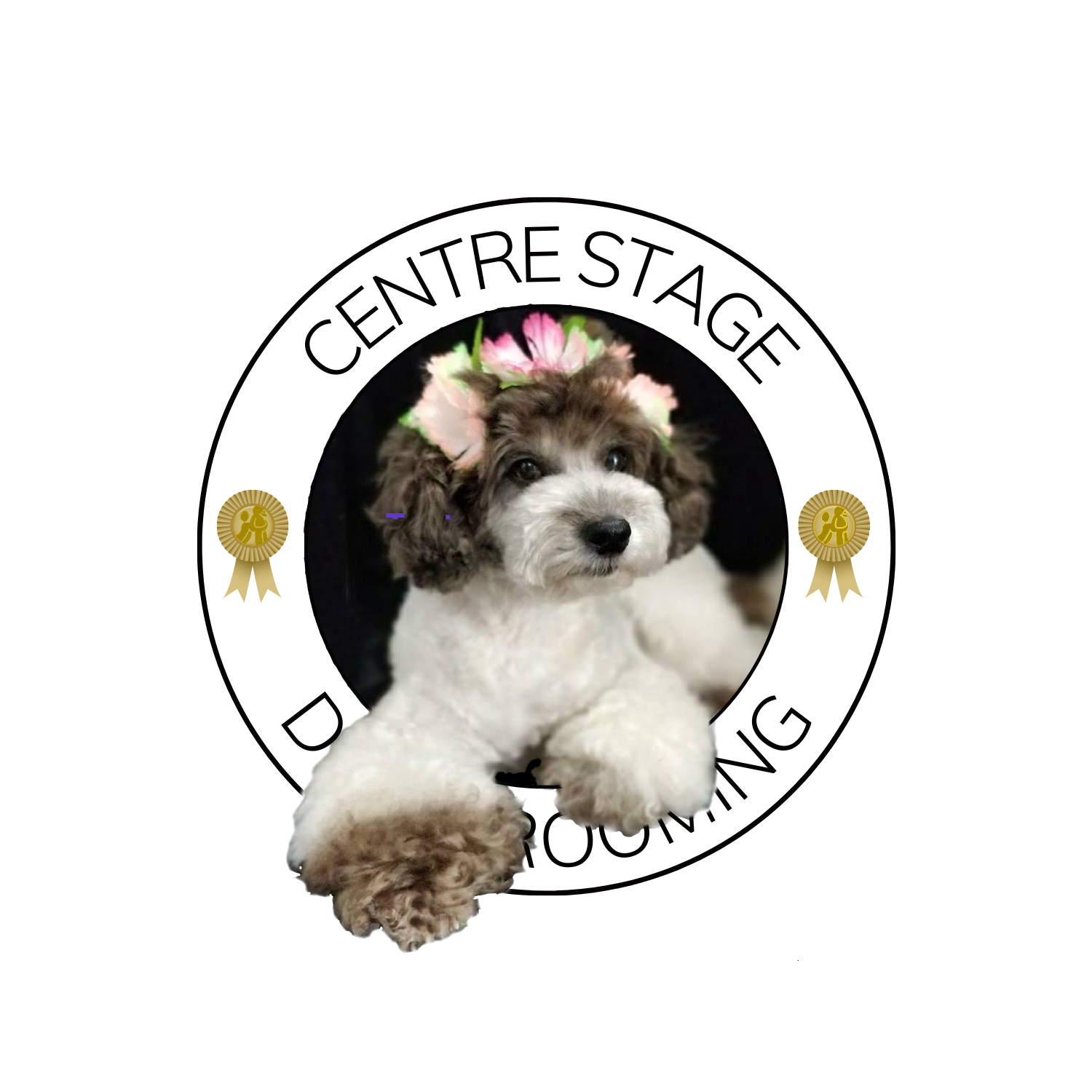The Problem:
Worms are something every dog owner needs to be aware of.
Your dog can pick them up from just about anywhere. You are told by your breeder to worm your dog regularly and also by the vet.
However ... many of you are using the same product, over and over again. So, worms resistant to that poison go on to multiply in your dog's gut and when you worm again (with the same stuff) you kill off fewer and fewer worms each time.
Before long, most of the worms in your dog's system are resistant to your product and you're adding a nasty chemical at vast expense with no tangible result.
Sometimes (well, most of the time) we can tell when your dog has worms.
The Symptoms:
We feel coats all day long, so when a "wormy" dog comes in with a harsh, staring, gritty coat, we notice right away.
The dog's body realises its under attack from the worms and it starts to pull nutrients away from areas that need them least. So, as the worms deplete your dog's system of nutrients, you'll notice the skin gets "tighter" because less oil is being produced in the sebaceous glands to lubricate it.
This has the same effect on the coat, which becomes "gritty" or "harsh and staring" as each cuticle on the hair shaft rises because it's no longer lubricated and smooth.
There are lots of products that you can use to get rid of the little blighters. The secret is to attack them with something different every time you worm your dog.
Some Solutions:
The exception to the "every time use something different" rule is Diatomaceous Earth. Although it feels like a talc powder and is completely inert, its microscopic sharp edges act like shrapnel to worms and slice through them as it travels through your dog's guts - without doing any damage to your dog in the process. I particularly like DE because its not a poison and therefore worms can't get resistant to it.
A simple meal of cooked mashed carrots will shift tapeworms - and if you've been unfortunate enough to have fleas* in the last year, that's a very real possibility as the tapeworm has to live in the flea before it can mutate into its final stage. I'm sure there's some specific scientific name for an organism that needs two or more hosts to complete its life cycle and I'm equally sure someone will help me out with the name 'cause I can't remember it for the life of me!!!
